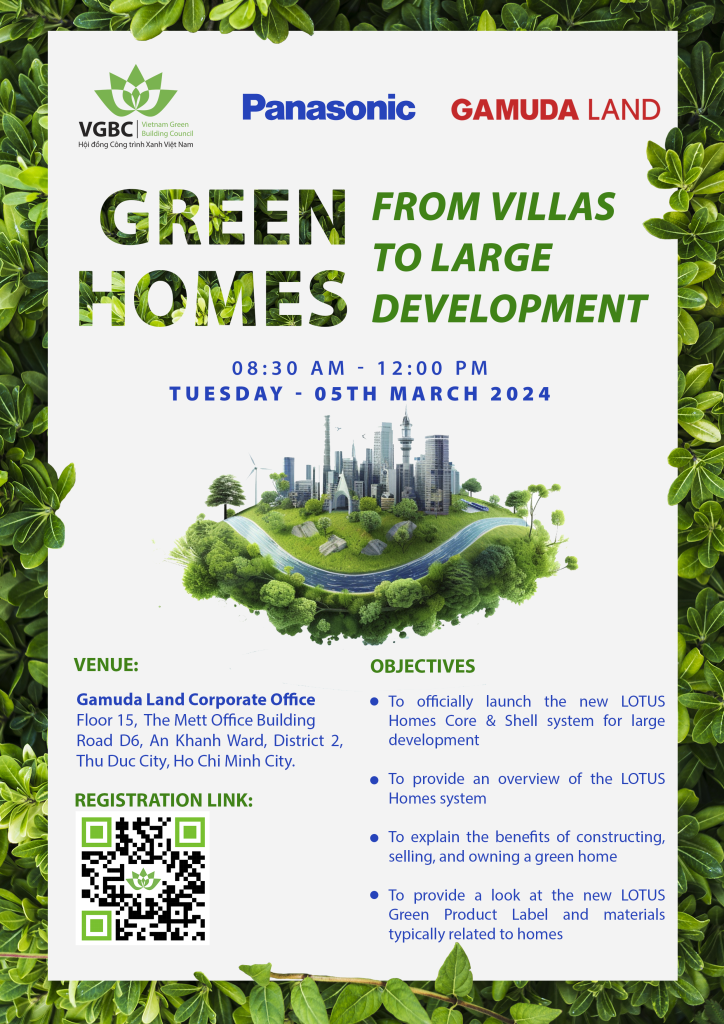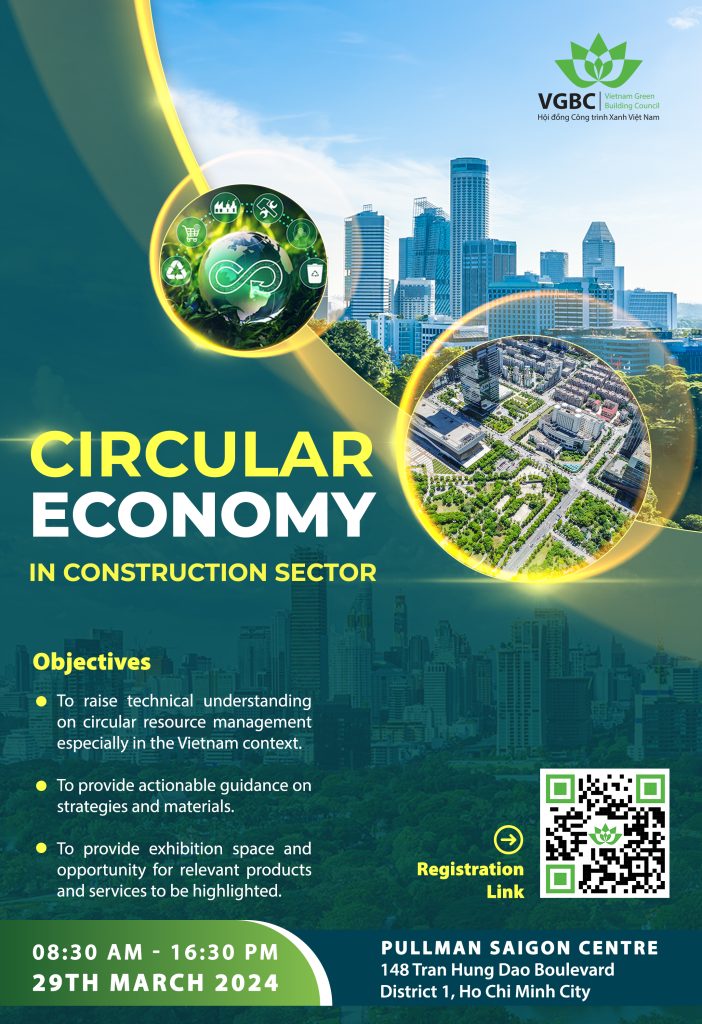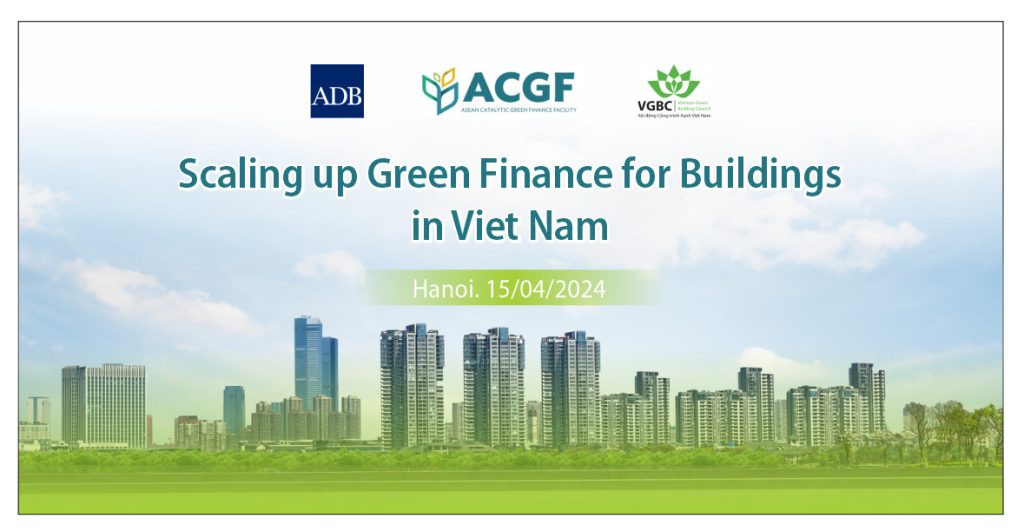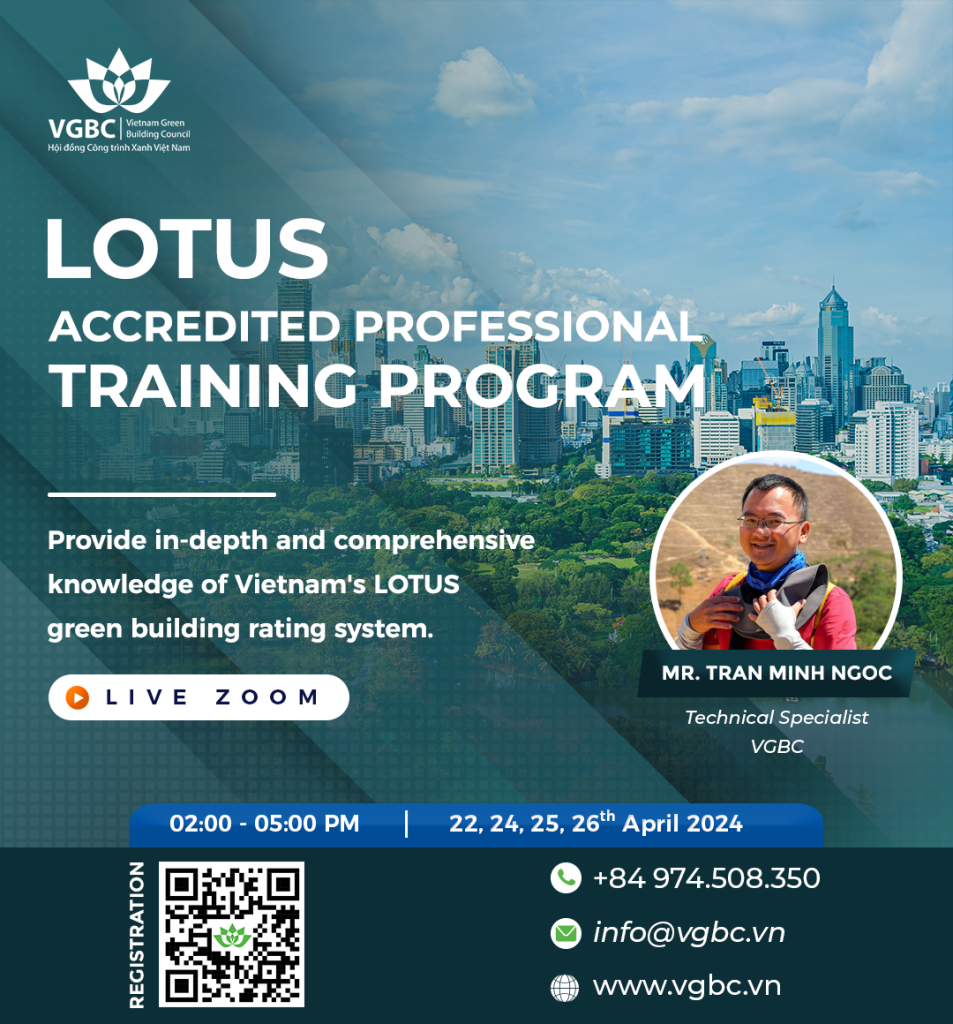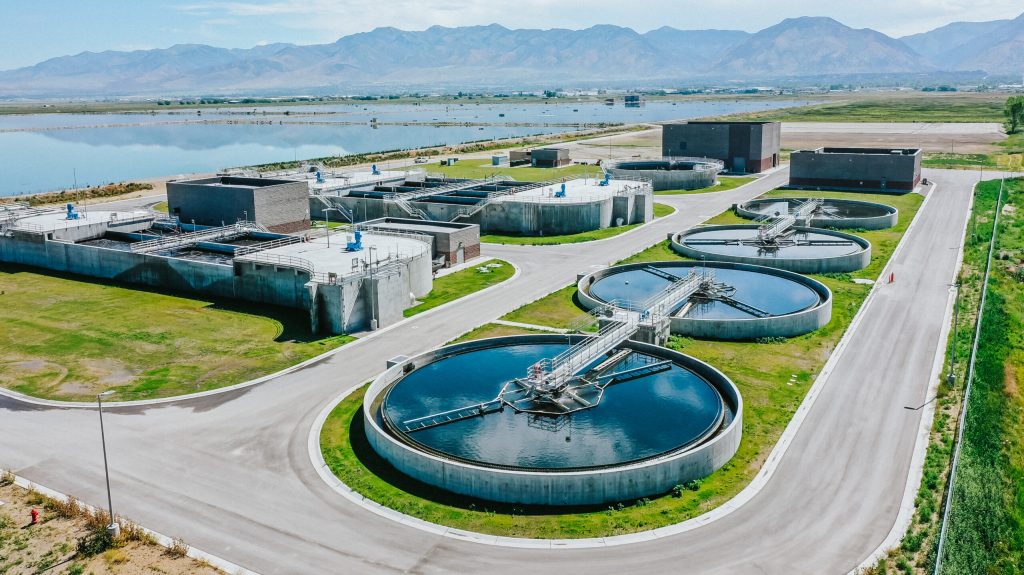Written by: Sam Carson on April 26, 2017; Topic: Offices

Back in October 2016 Carbon Credentials joined the UK-GBC’s Wellbeing Lab to collaborate with the industry and understand the development of different approaches to Wellbeing. We wanted to get a better understanding how Wellbeing data and information was being used, so we could help inform our clients on the latest developments. We also saw the Wellbeing Lab as a great opportunity to focus on our own workplace and learn from experiences with our own team and office space.
The Wellbeing Lab included four workshop days to collaborate with team members from other organisations, but ultimately no two projects were the same and a lot of insight was gained and shared across the many participants. Last week, the Wellbeing Lab: Offices concluded with the launch of a compendium report of our experiences. Everyone who participated is really proud of the report because it’s both pragmatic and practical, and should be helpful to any organisation trying to understand how to approach Wellbeing in the real world.
Last week’s launch included a panel discussion, which I was lucky enough to participate in alongside Graham Baxter from Standard Life and Jane Wakiwaka, from our client The Crown Estate. Here are three key takeouts from the discussion:
1. The discipline is maturing
Health and Wellbeing as a Green Buildings concept is definitely an area of rapid growth and innovation, but it is one of relative immaturity. While people have been monitoring environmental spaces in buildings for decades, how this is done as an engagement and sustainability concept is very new and this immaturity means processes, tools and technology are all relatively raw and show all the growing pains that are associated with an immature market.
A great example of this is the rating systems and tools. The panel discussion focused on the Well Standard, which has a lot of market buzz, and the UK-GBC spearheaded Better Places for People campaign’s “Office Framework”. The Well Standard appears to have captured much of the discussion, but with two of the panellists having conducted Well Standard Gap Analyses, the consensus was that it was simply too expensive in its current format to provide the leadership. The Office Framework was definitely easier and cheaper to implement, in whole or in parts, but lacks the marketability and recognition of a rating system. Jane Wakiwaka made an excellent point about the Well Standard: it is new and as it evolves costs will come down.
2. Perception surveys provide great insight and help establish a narrative
The panel and the report all agree that perception surveys are an important part of any sustainability programme. Not only do they provide valuable insight into how a building is being used, but the feedback can be used to drive the early programme – particularly where data is difficult to come by. There was a question from the audience regarding ‘knowing enough’ to start projects, and the panel agreed that perception surveys were an easy way to target early wins and establish the Wellbeing narrative around actual occupier issues.
This narrative is important, partly to control against poor data or unfounded misconceptions. One audience question was about the democratisation of wellbeing data, in particular personal sensors that occupiers and staff might have, and how this can leave landlords fighting battles based on poor data.
This is certainly a risk. Wellbeing data is relatively complex, with ‘Air Quality’ having many different definitions and data flows. For example, the Foobot consumer air quality gadget measures several data points: temperature, particulates, VOCs and carbon dioxide – and this isn’t even a complete picture. Each of these data sets represents a different symptom and a different risk. For this reason, narratives are vital for educating occupiers and audiences and ensuring that the data being presented is an accurate description of what is happening and showing that these things are understood and being handled.
3. A Programme, not a Project
Ultimately, the rise of wellbeing as a green building concept is a great step forward to creating great environments for people to work in. Wellbeing will make for better managed buildings, which are better places for people. However, this is an active management programme rather than a specific ‘Wellbeing project’, and it is important that a programmatic approach is taken over the long term. Start now, and start on the easy stuff. More importantly, wellbeing is about the health and comfort of people – so the starting point is simply asking people: “are you comfortable?”
We were delighted to participate in the UK-GBC’s Wellbeing Lab, and everyone at Carbon Credentials is looking forward to seeing the outcomes from the next Retail Wellbeing Lab. Please contact me find out more about our experiences and how we are helping our clients improve the quality of their buildings.
This article was originally published on the Carbon Credentials website.
(Source: http://betterplacesforpeople.org/index.php/blog/three-key-learnings-from-uk-green-building-councils-wellbeing-lab-offices-launch-event/)
[/et_pb_text] [/et_pb_column] [/et_pb_row] [/et_pb_section]

 Tiếng Việt
Tiếng Việt

